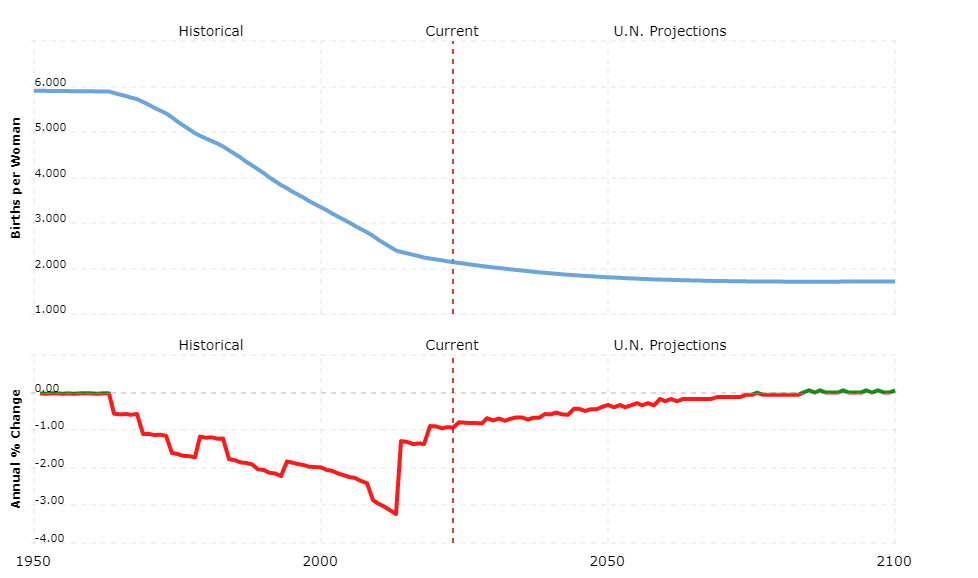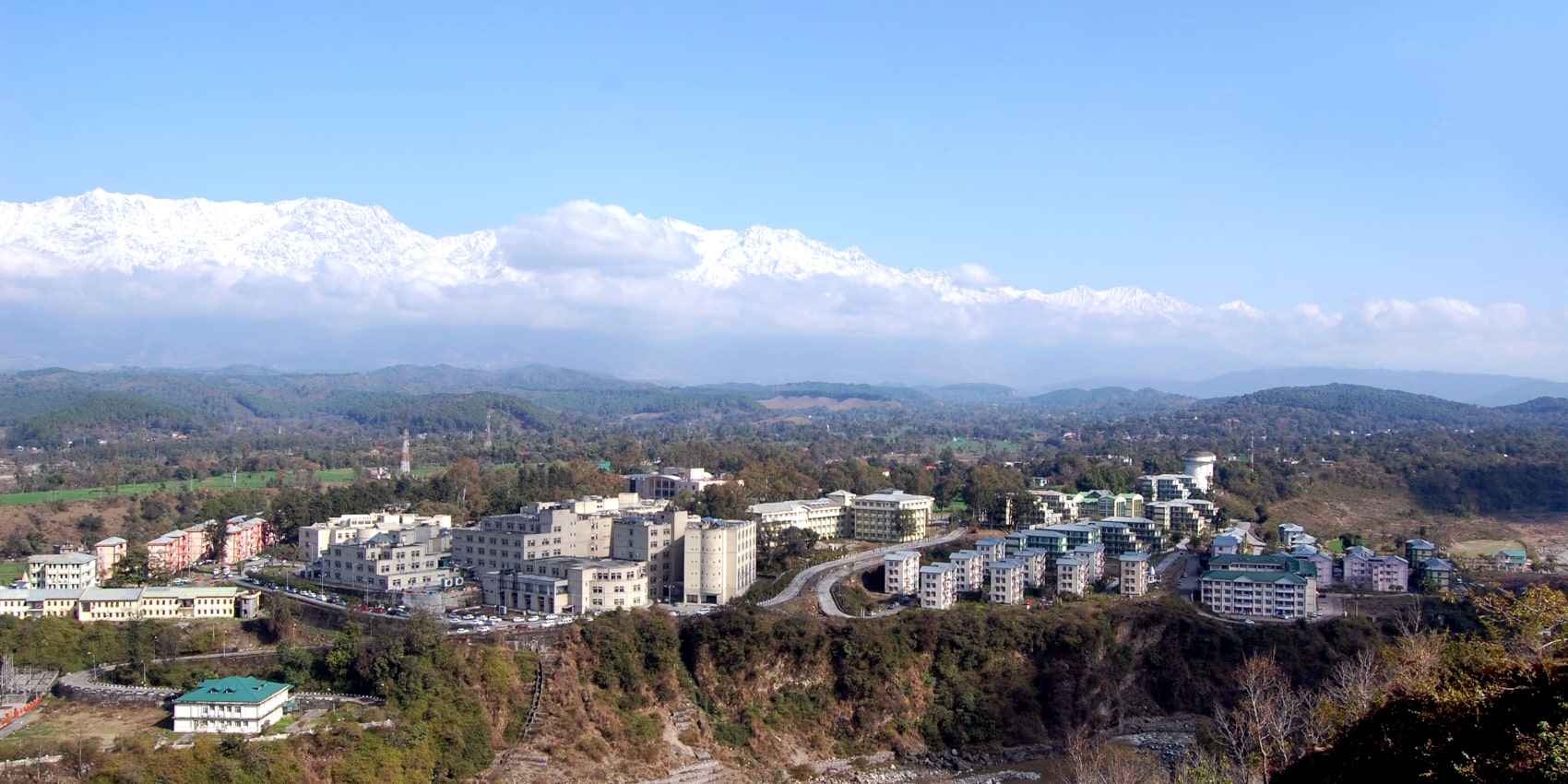India is expected to surpass China’s by mid-2023, with a projection of 1.4286 billion. While experts see it as a symbol of progress, there are concerns about the implications of a rapidly growing numbers.
The United Nations has released data projecting that India will soon become the world’s most populous country, surpassing China. This news has sparked conversations about what this means for the future of India and the world as a whole.
1. India set to surpass China’s population
According to data released by the United Nations, India is expected to surpass China and become the world’s most populous country by mid-2023. India’s is projected to reach 1.4286 billion, which is 2.9 million more than China’s population of 1.4257 billion.

2. China’s population decline
China’s birth rate has been declining, and its shrunk for the first time since 1961 last year. China’s decline is expected to continue, despite abandoning the one-child policy in 2016 and introducing incentives for couples to have two or more children. Experts attribute the decline to soaring living costs and the growing number of women joining the workforce.

3. India’s falling fertility rates
India has also seen a decline in fertility rates over the years. The fertility rate has decreased from 5.7 births per woman in 1950 to 2.2 births per woman today.

4. Delay in Census
The 2021 census in India was postponed due to the COVID-19 pandemic and has been pushed back to 2024. The UN’s Chief of Population Estimates and Projection, Patrick Gerland, says that there is no official data coming out of India, and any numbers about India’s population size are “naive assumptions based on fragmental information.”
5. China’s Special Administrative Regions and Taiwan
The UN’s estimate does not include the population of China’s two Special Administrative Regions, Hong Kong and Macau, or Taiwan, which Beijing sees as a breakaway province. Taiwan sees itself as distinct from the Chinese mainland.
6. Slowdown in global population growth
The global population crossed 8 billion in November, but experts say that growth is not as rapid as it used to be and is now at its slowest rate since 1950.
7. Indians’ views on population growth
A survey commissioned by the UNFPA found that a majority of Indians believe that their population is too large, and fertility rates are too high. Economic issues are the top concern for two in three respondents when thinking about growth.
8. Overtaking China’s population
Demographers say that India’s surpassing China’s should be seen as a symbol of progress and development, as long as individual rights and choices are upheld. Caution is advised against giving into anxieties over the rising numbers.
Thank you for reading about India’s growth and the potential implications. To stay up to date on global news and trends, consider subscribing and following our page.
**Chart Credits to Macrotrends and For more info like that please visit our website
























